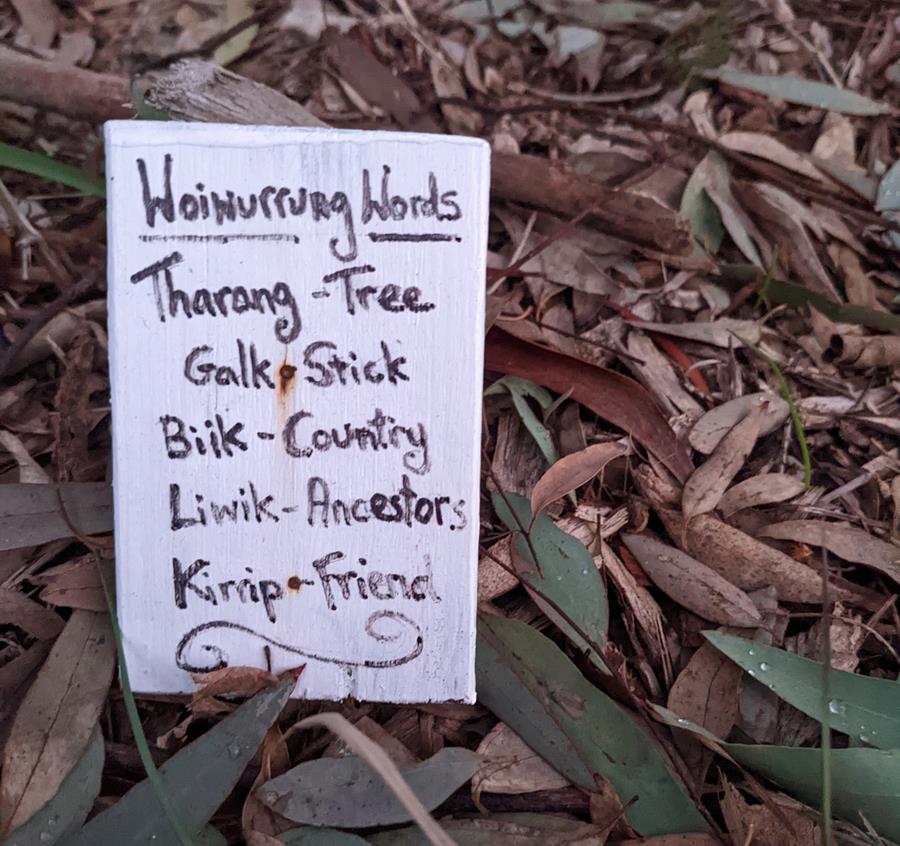
The whole Tharang
As CERES Fair Wood grows and seeks to scale up we find ourselves needing to quantify Fair Wood’s impact for funders and social investors.
Last week I sat down with Kate Sutton, Fair Wood’s marketing manager, to talk about how we go about this…
We began to list the impacts of getting our wood from trees grown on farms.
We could talk about it in terms of carbon – a cubic metre of timber made into a house or a piece of furniture can be roughly equated with a ton of CO2 being locked up.
We could also count the econmic activity created from the tree farmers and sawmillers we traded with.
We could look at jobs created through Fair Wood’s retail, carpentry and outdoor furniture enterprises
But then there were so many other impacts – impacts that were important but much harder to measure….
How much soil would be held in place?
How much water absorbed?
How many creeks kept clean?
How much ground shaded and evaporation prevented?
How many underground mycorrhizal fungal networks established?
How many understory plants nurtured?
How many wattlebirds fed on flowers, kookaburras singing on branches, splendid wrens dancing in boughs?
How many ants, lerps, spiders, grubs, little lizards, ringtails, koalas given homes?
How much strong winds slowed and farm animals sheltered?
How many human hearts gladdened, smiles evoked, springs put in steps?
How many poems written, paintings inspired, wreaths woven?
How many cubbies built and kisses stolen?
By the time we got to listing the impacts of not having to import illegally logged timber from indigenous-owned standing forests in Myanmar or Brazil we had run out of steam.
And it occurred to me we were stuck trying to measure our impact using the same reductive thinking that got us into this whole environmental pickle in the first place.
Recently in a corner of our park little hand-painted signs in Woiwurrung, English and Latin have begun appearing.
Over the last few years a resident couple have been gradually mulching sections of ground and planting out hundreds and hundreds of native trees, shrubs and grasses.
From their signs I’ve learned tree in Woiwurrung is tharang and that River Red Gum is Beyal.
Whenever I wander past my neighbours’ growing forest the impact measuring centre of my heart tells me that this is important, worthwhile and that we should do everything we can to encourage people to do similar things all over the country.
Have a great week,
Chris


thank you for sharing this- I always wanted to know “their” words- and by sharing this I feel I deep connection already – I hope this example is copied over and over – I thought ( wrong) that only aboriginal people could use their words- how silly- words have meaning and it brings it right to the surface a culture so incredibly sacred and important to the survival of Mother Earth- thank you